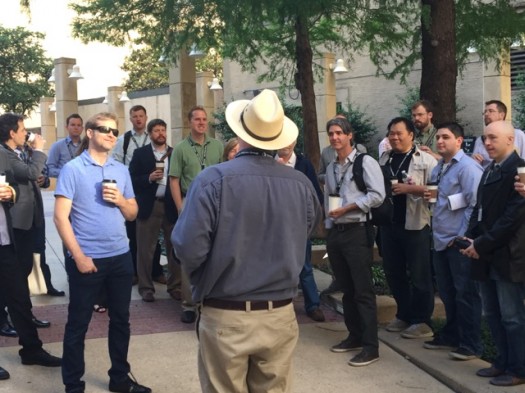Posts Tagged ‘Jan Gehl’
The Human Scale
I recently watched The Human Scale again, a film from 2013, and felt the anticipation building to meet Jan Gehl at the 26th Congress for the New Urbanism (#CNU26) in Savannah next week, and at home in Winnipeg in September. I’m sure Jan will bring us an update on his city planning work in the…
Read MoreThe Human Scale
This weekend, I again watched The Human Scale, a film from 2013, and got more stoked to meet Jan Gehl at the 23rd Congress for the New Urbanism (#CNU23) in Dallas in April. Jan will bring the Congress an update on his human scale work since the film was complete, but the ideas are timeless.…
Read MoreLetting Love Rule: All urban density is not created equal
Last week we resurrected a look at the preservation movement — asking if, rather than strict adherence to ideology, love of place could ultimately rule the day — so that, this week, we could put a spotlight on Kaid Benfield, the latest addition to the PlaceMakers team, and his thoughts on the issue’s flip-side. In…
Read MoreCan Cities Help You Forget Your Troubles? C’mon, Get Happy!
In most physical and policy planning, triple bottom line benchmarks focus on environment and economy, and tend to skim over the subject of society. That’s probably because urban design impacts are much easier to measure with respect to profit and planet than they are with respect to people. Any good MBA professor preaches, “What gets measured gets done.” For…
Read MoreThe Next Urbanism
‘Tis the season to rejoice and enjoy the brotherhood of all mankind, as well as that of our in-laws… As we ease into 2012, I am officially announcing a New Urbanism victory across North America, as we recently witnessed the end of building suburbia and its physically isolated, segregated lifestyle. Proof? Just this week, the…
Read More

